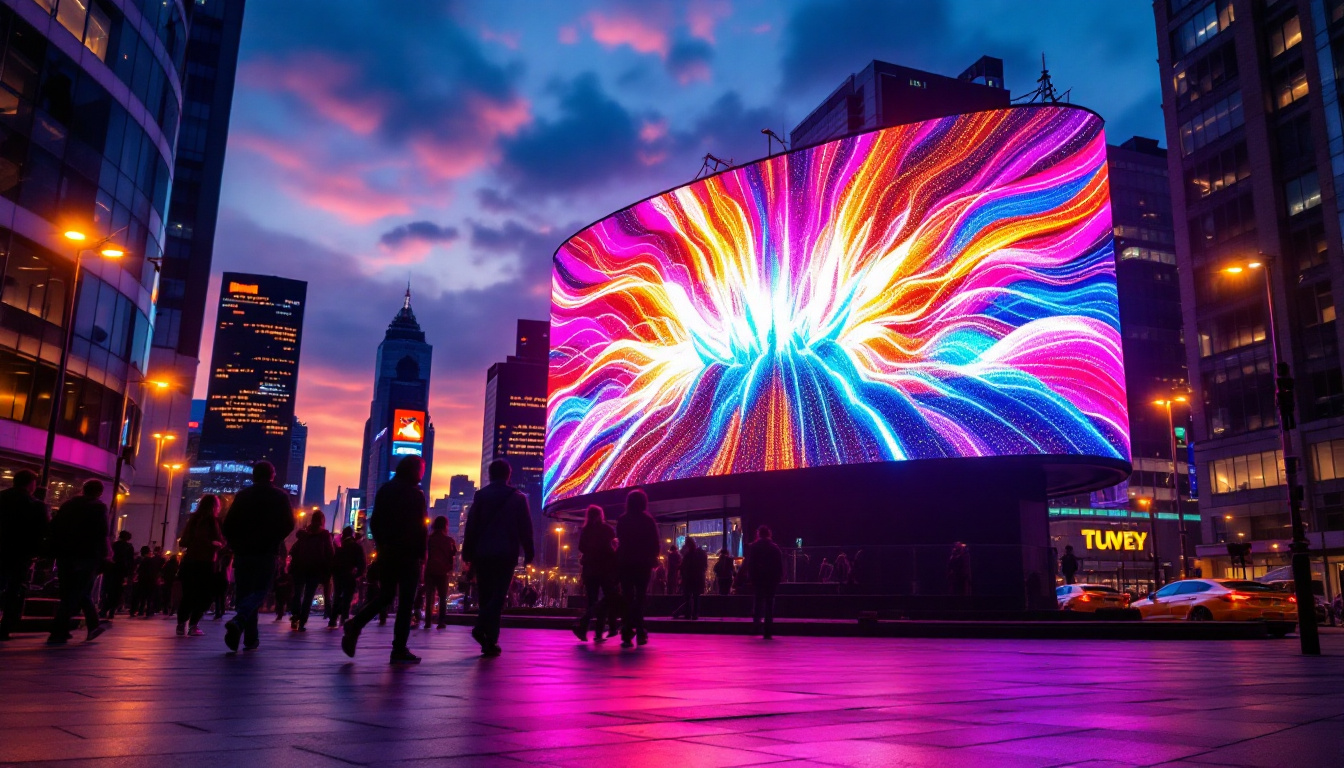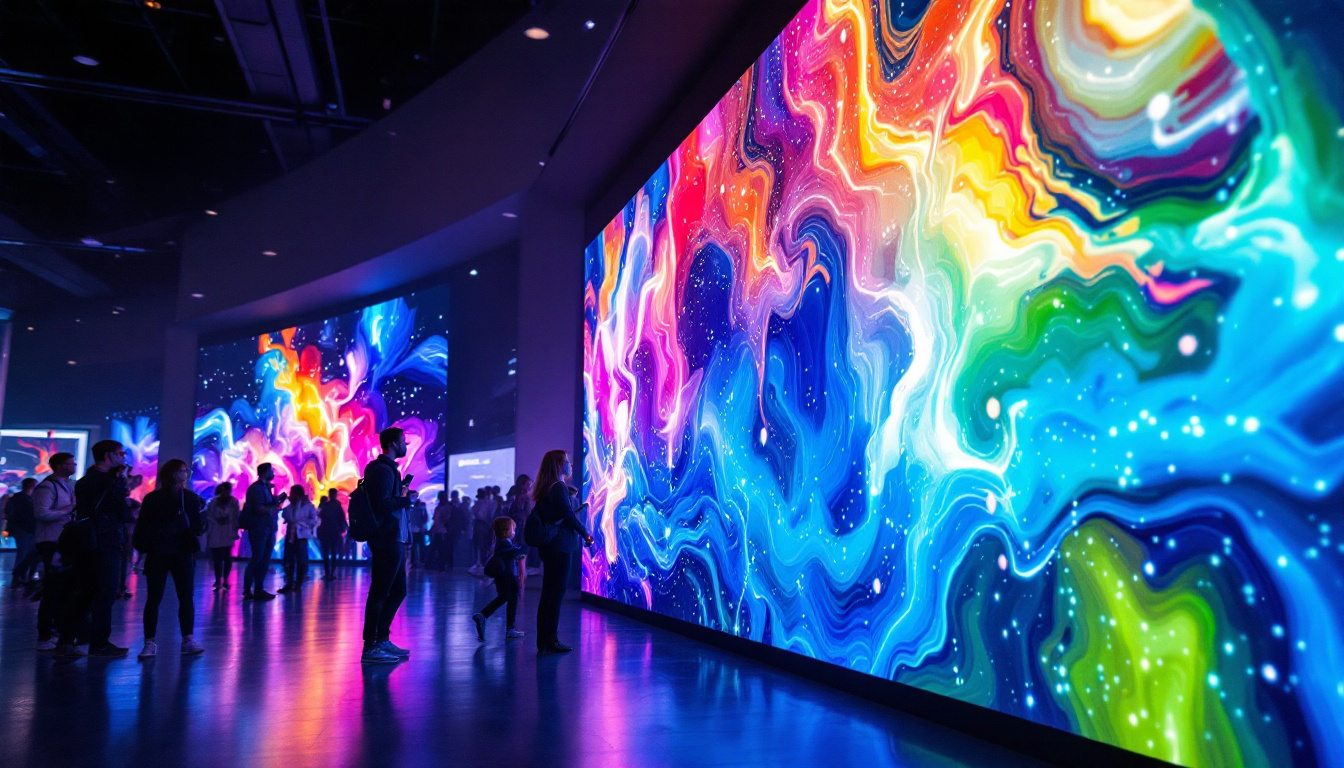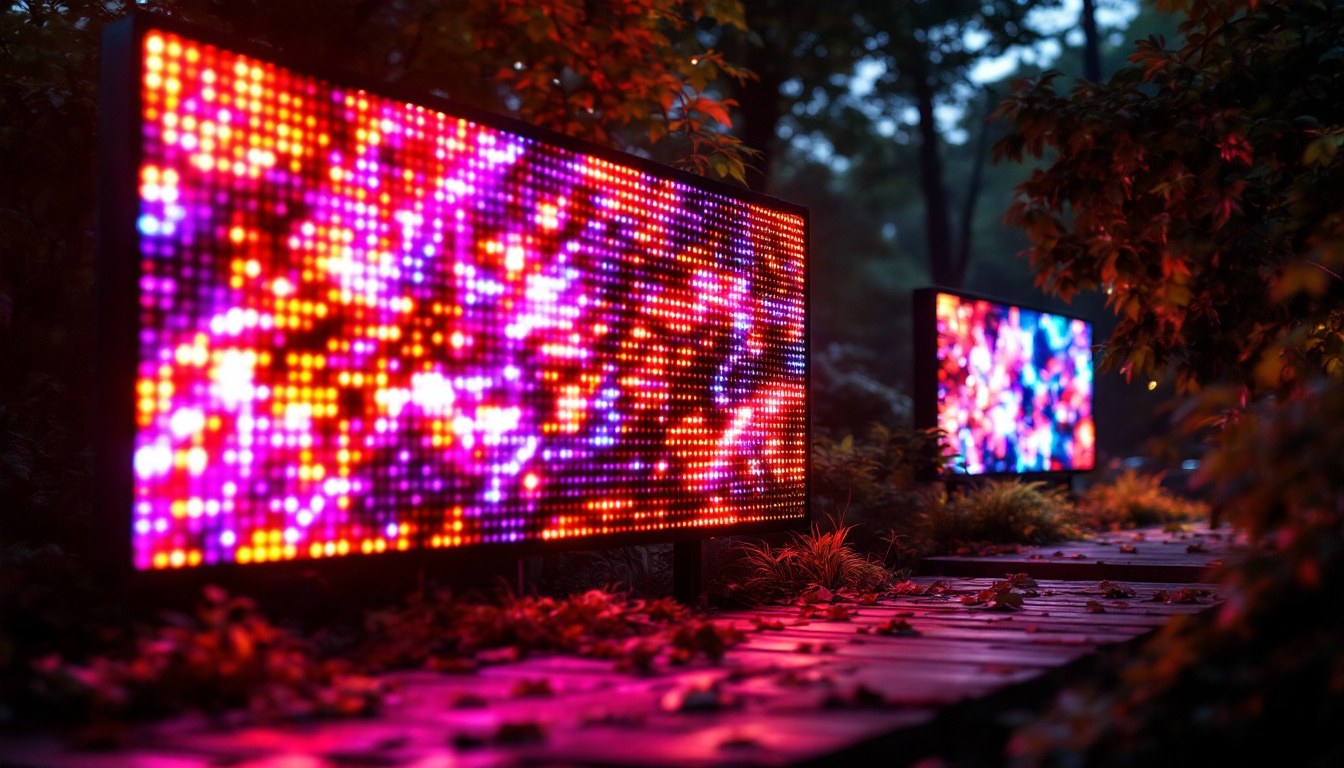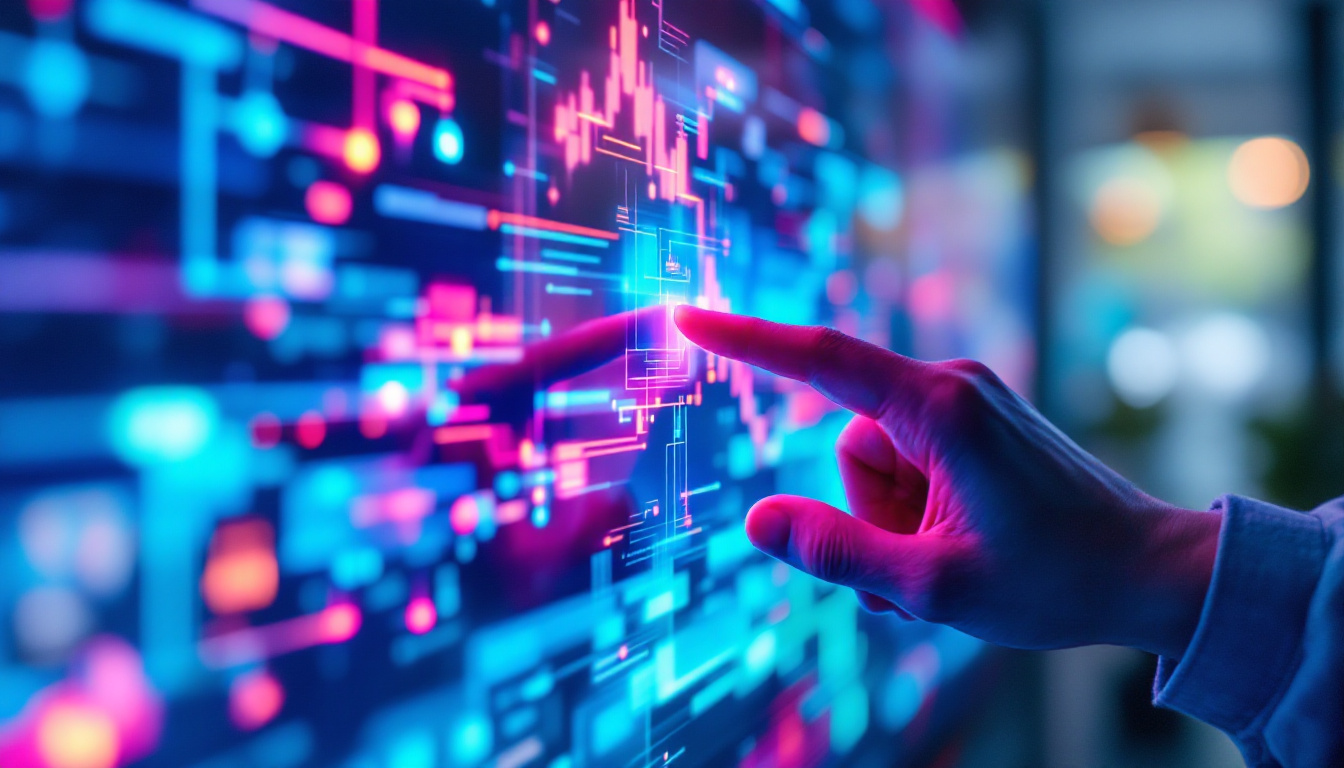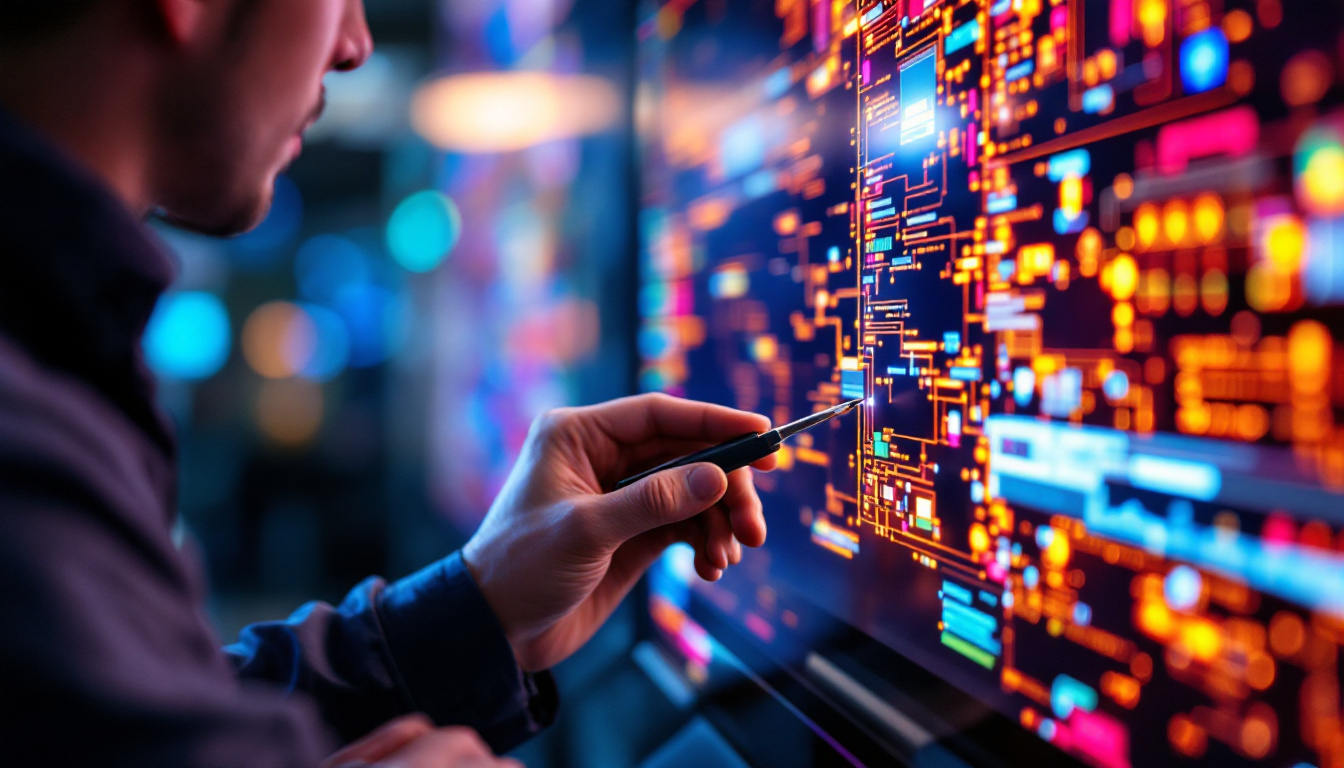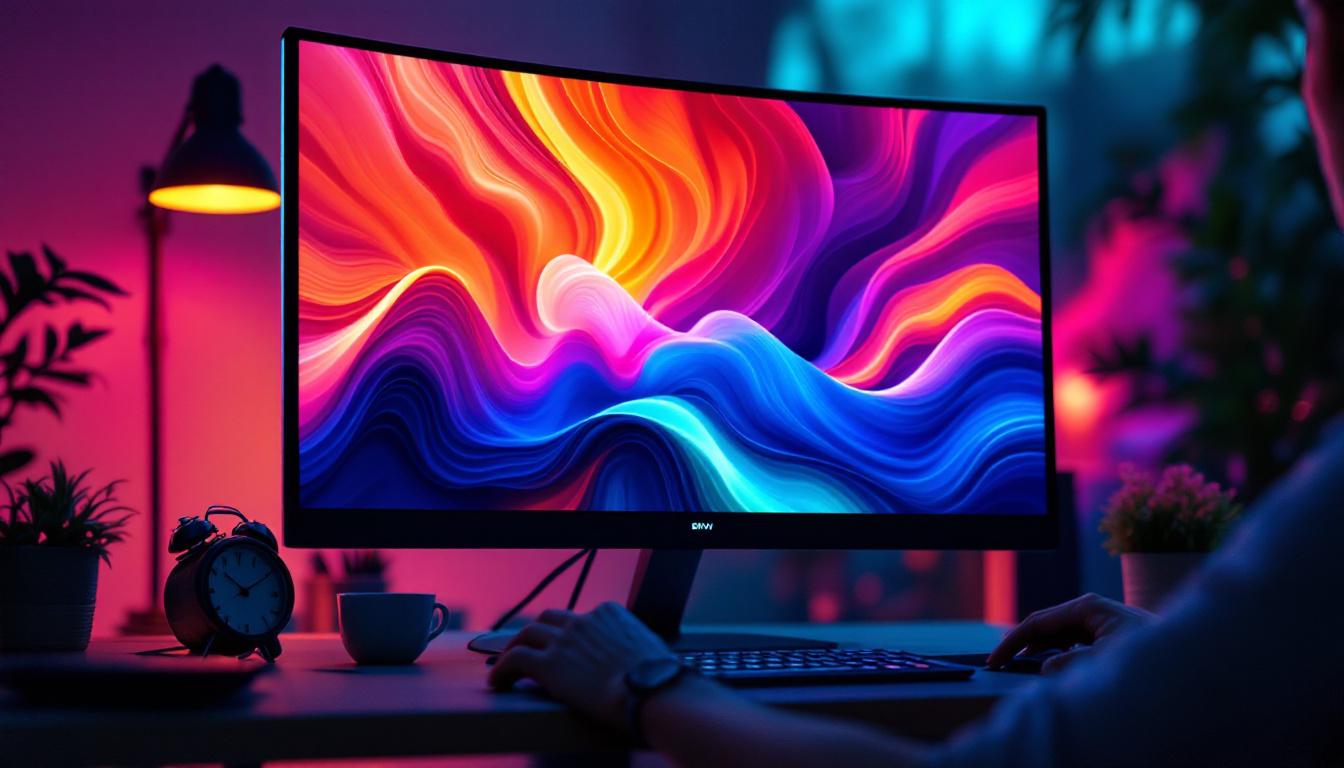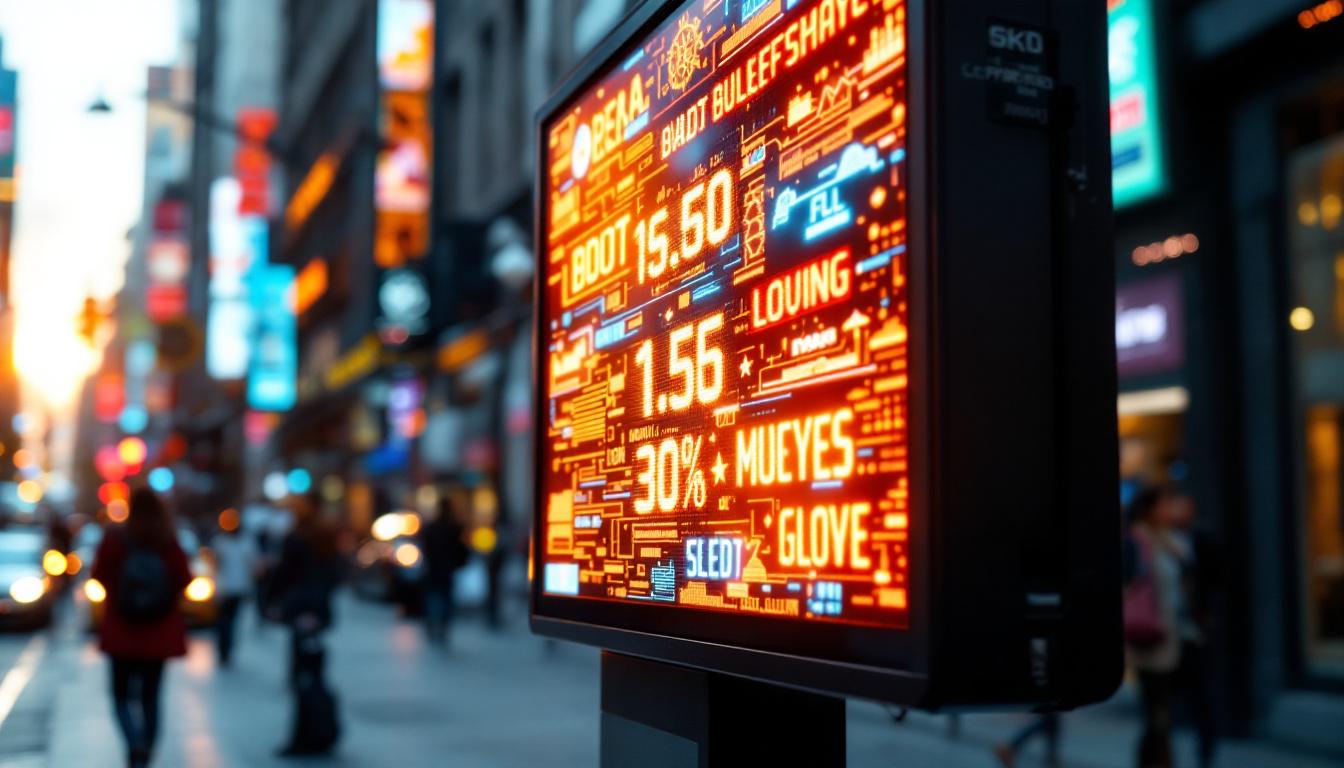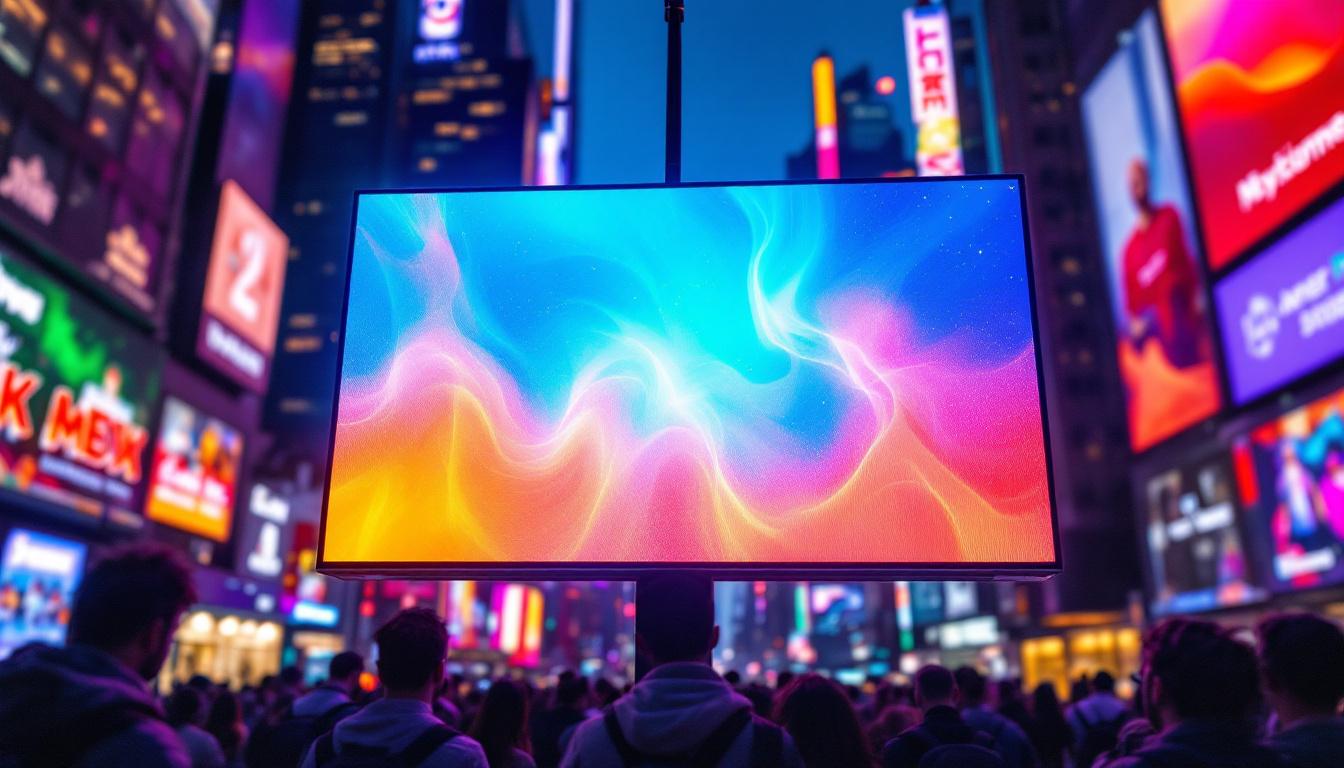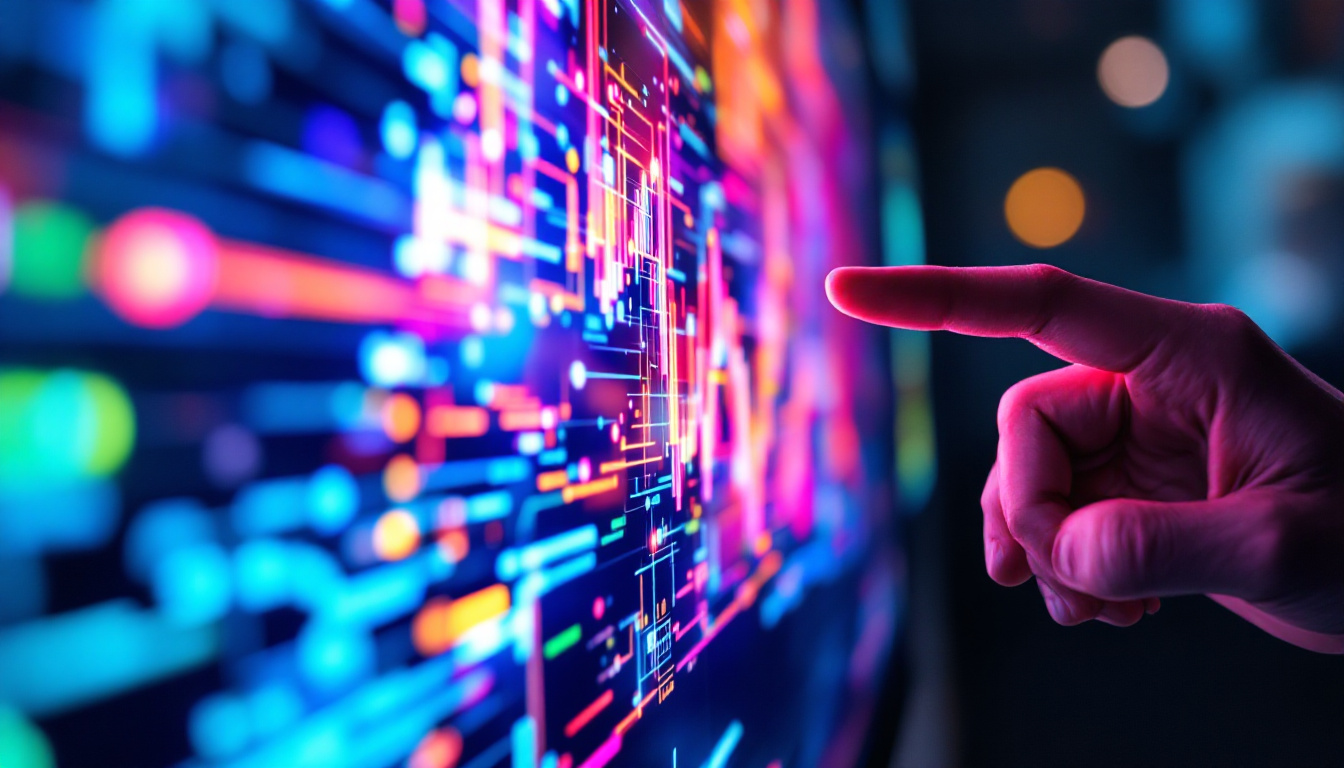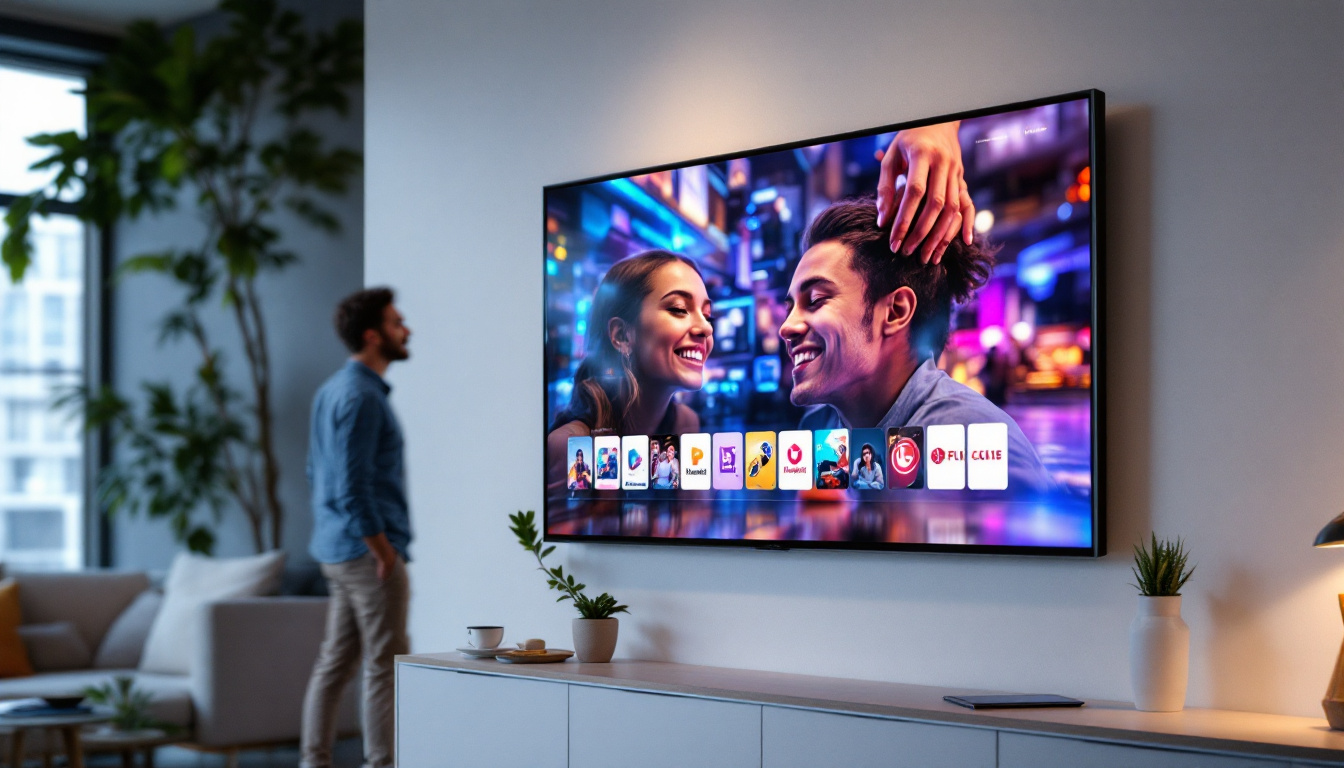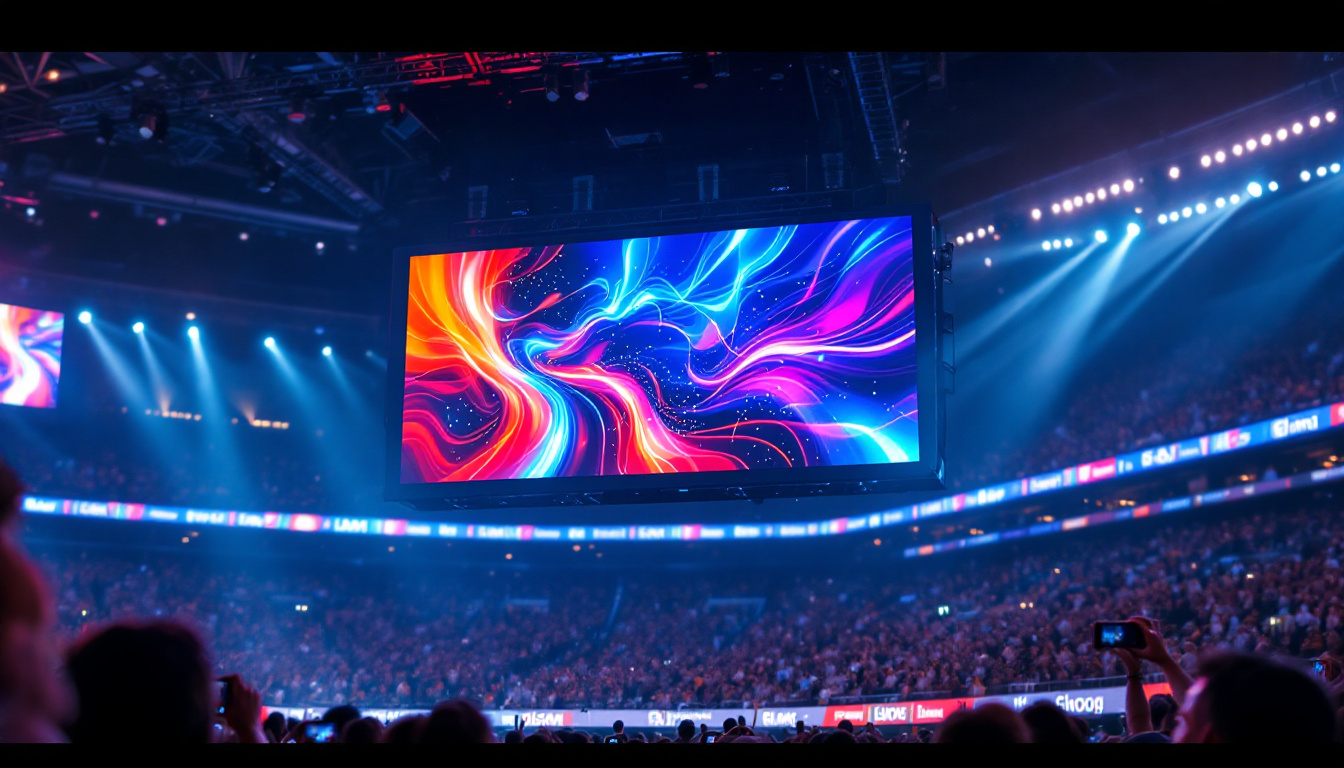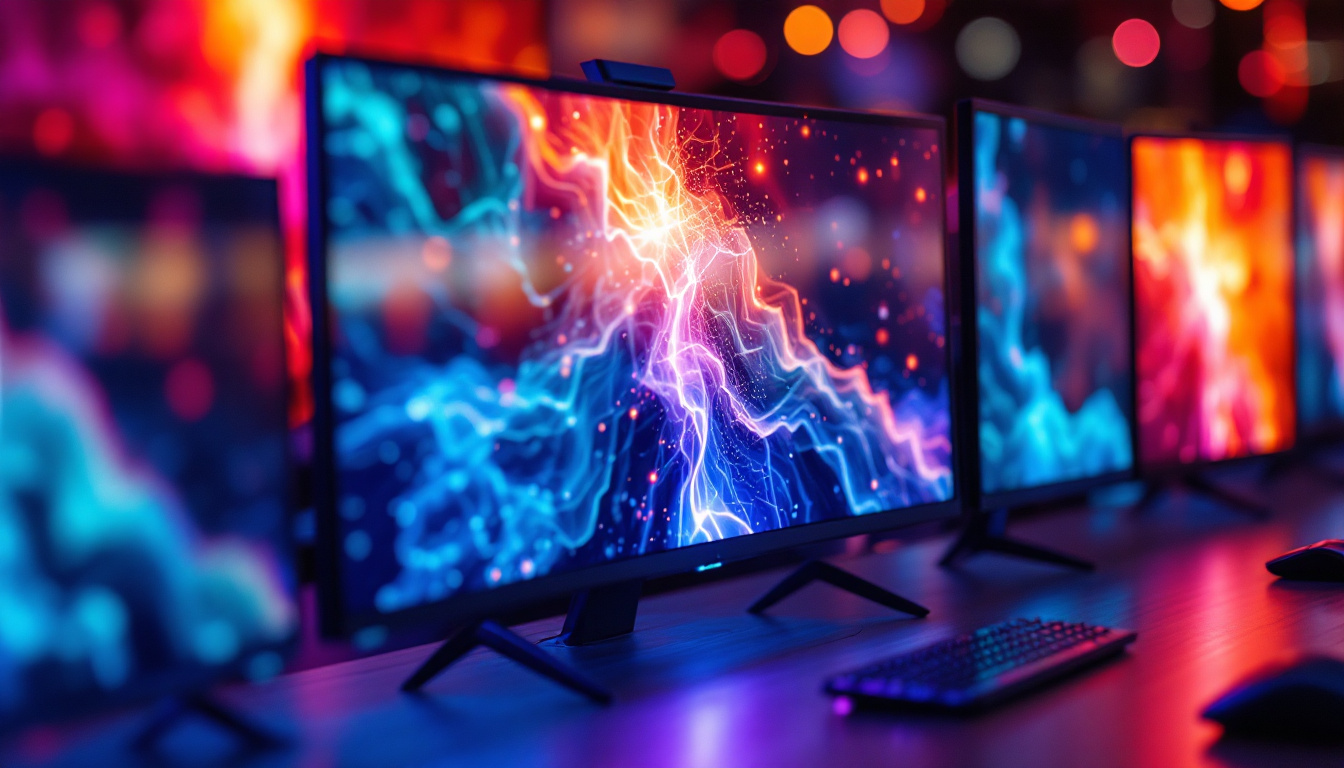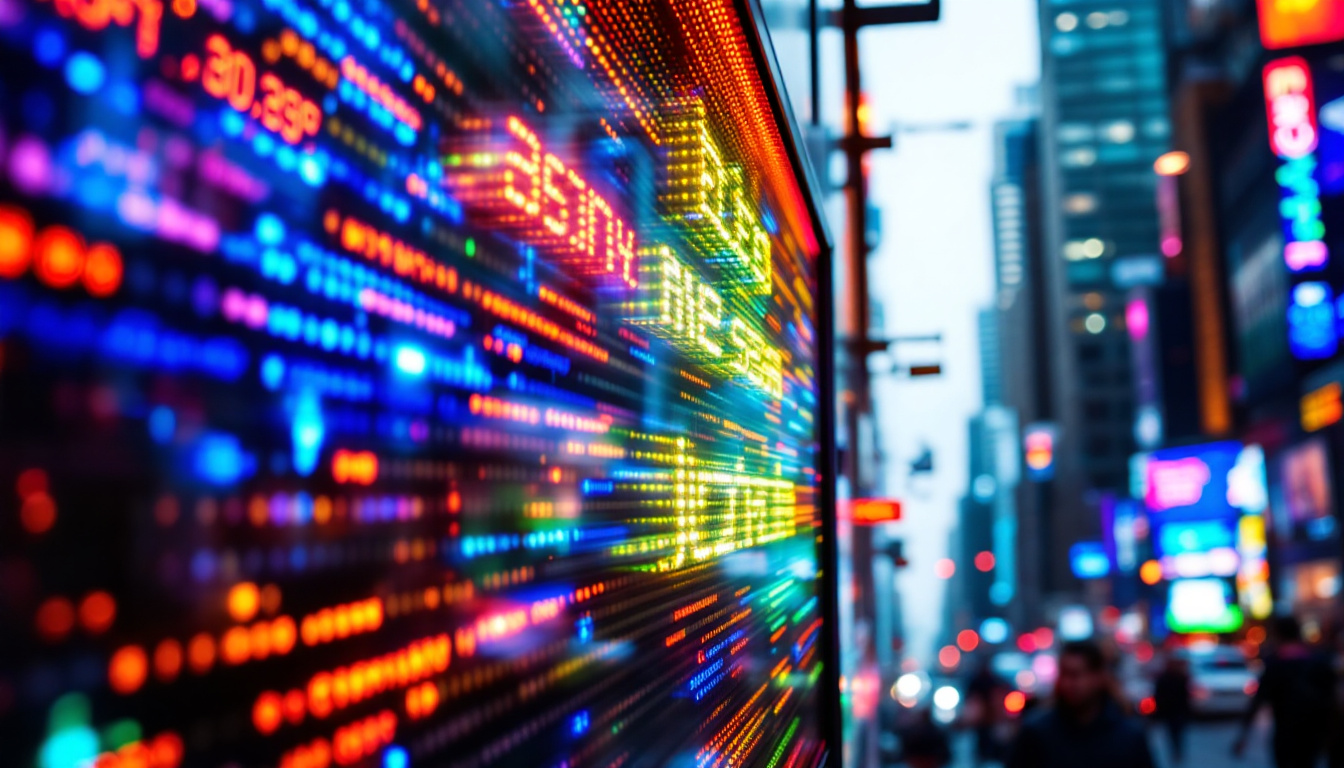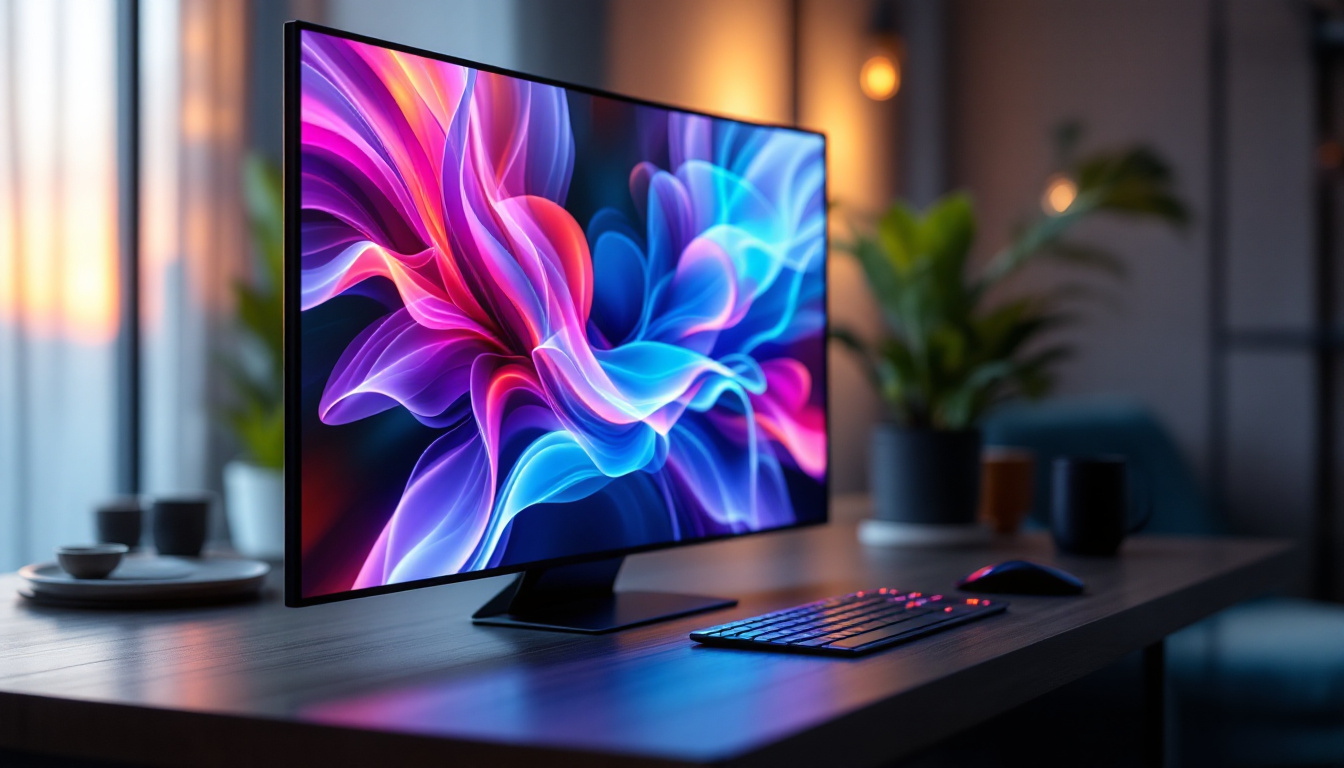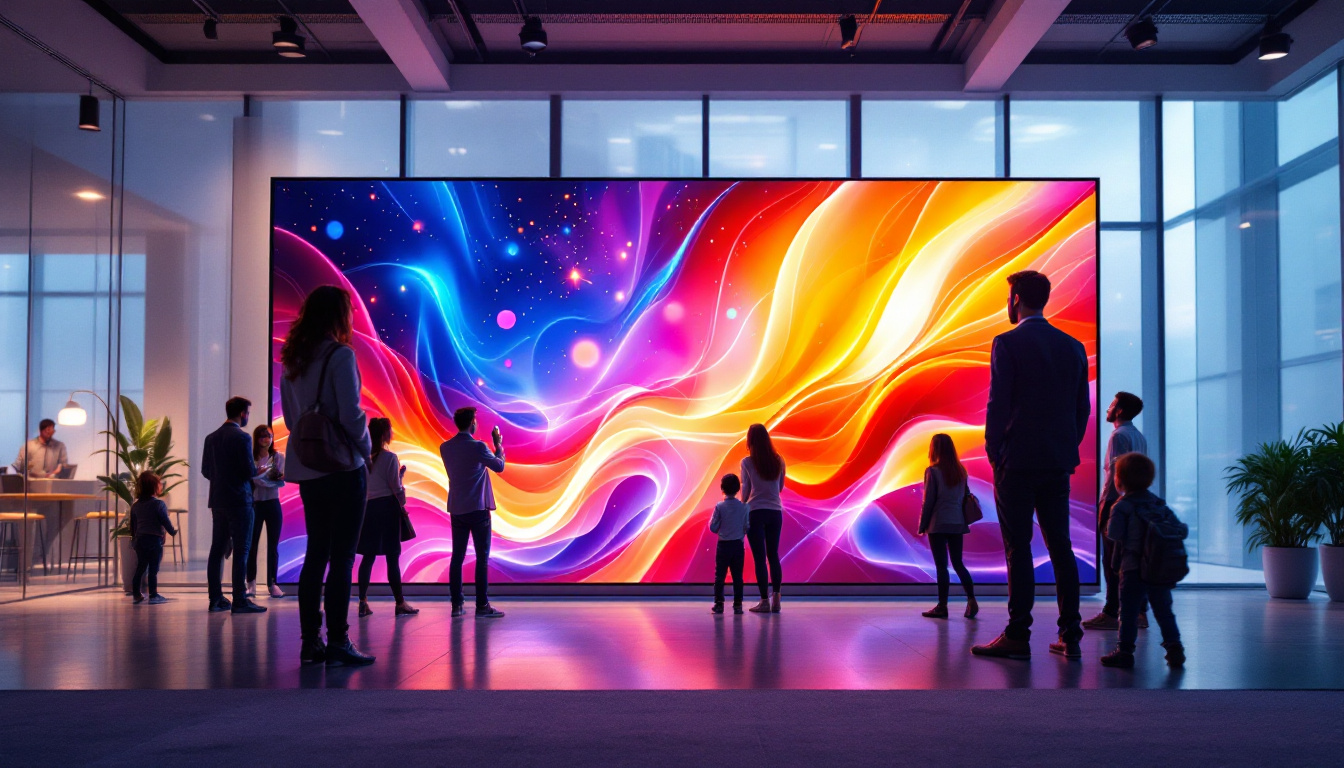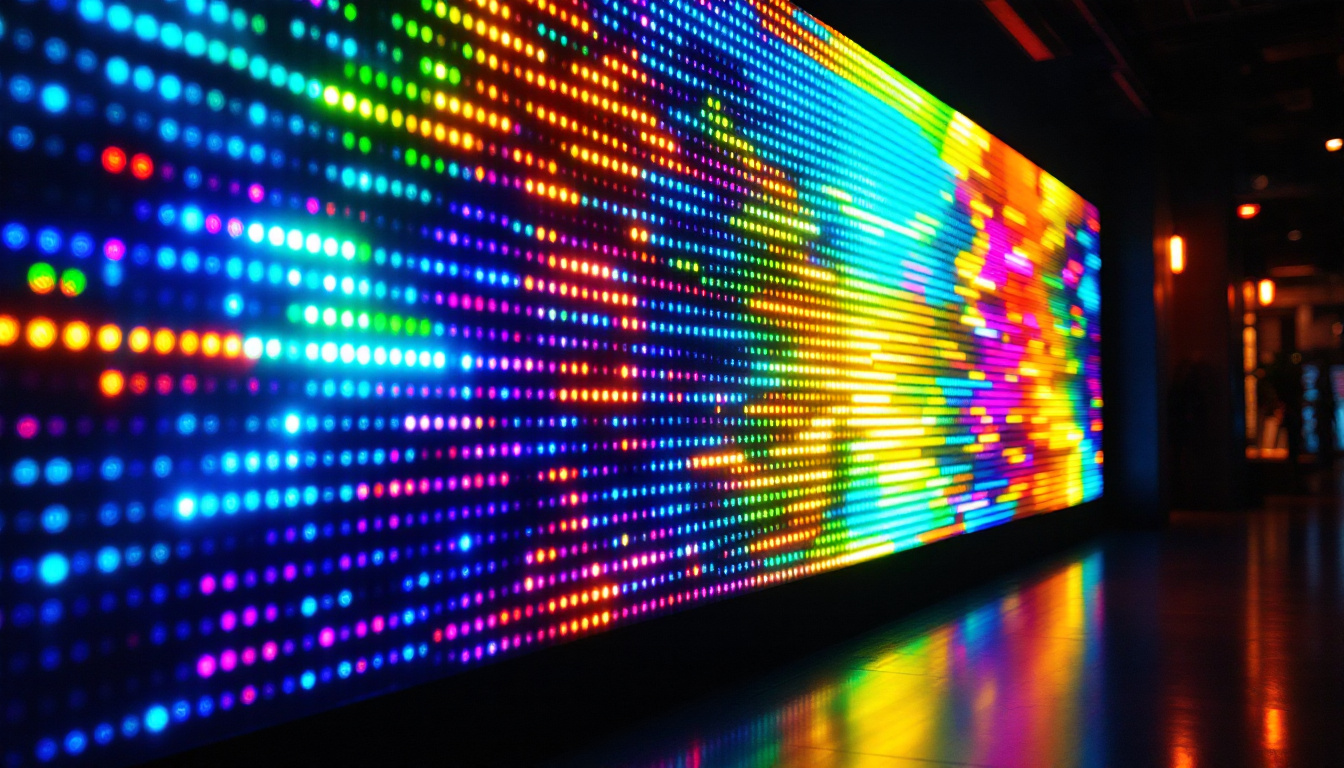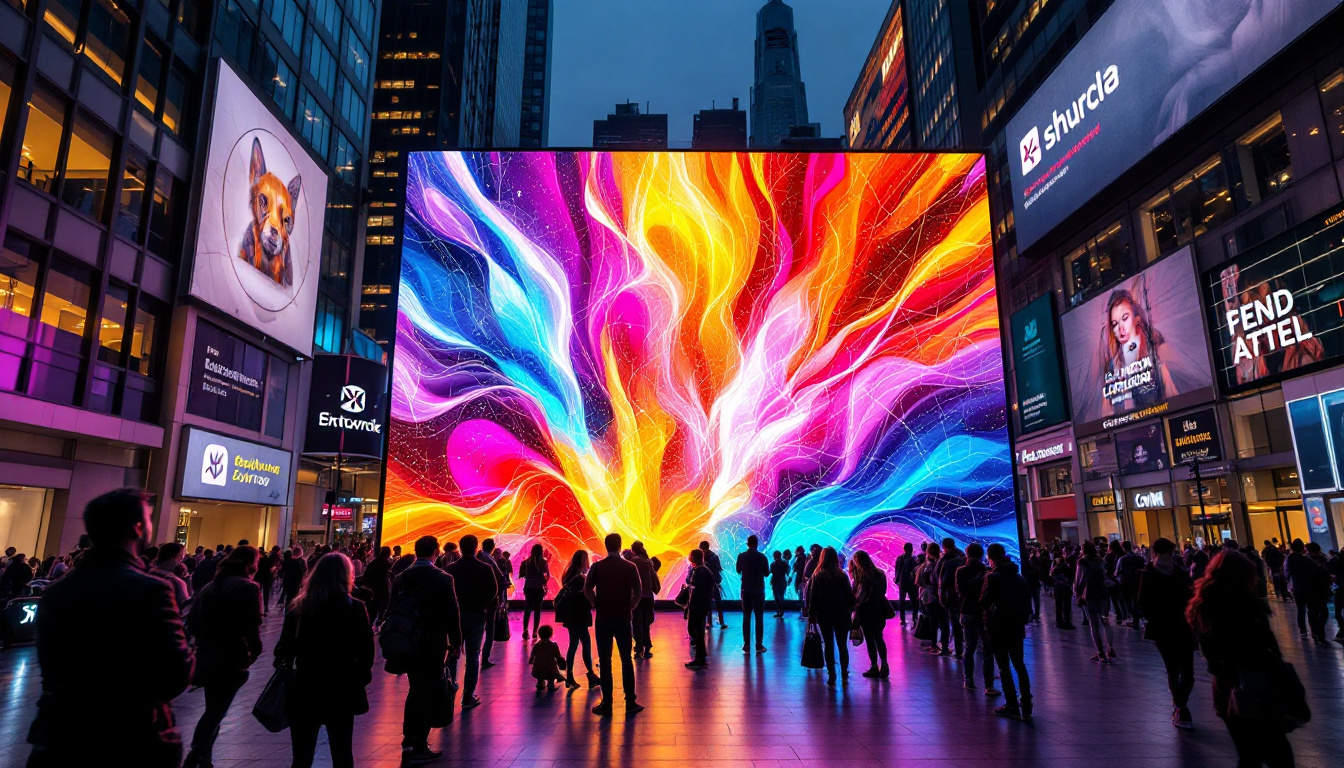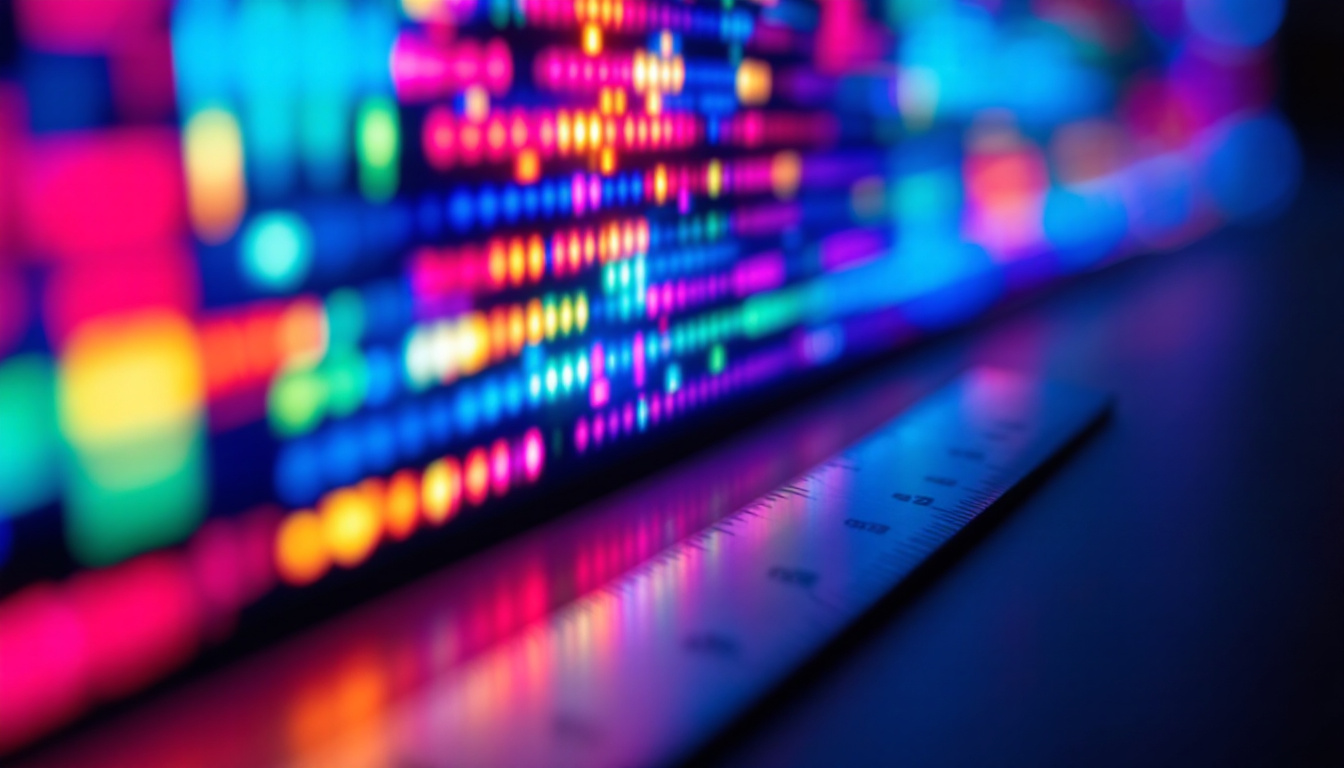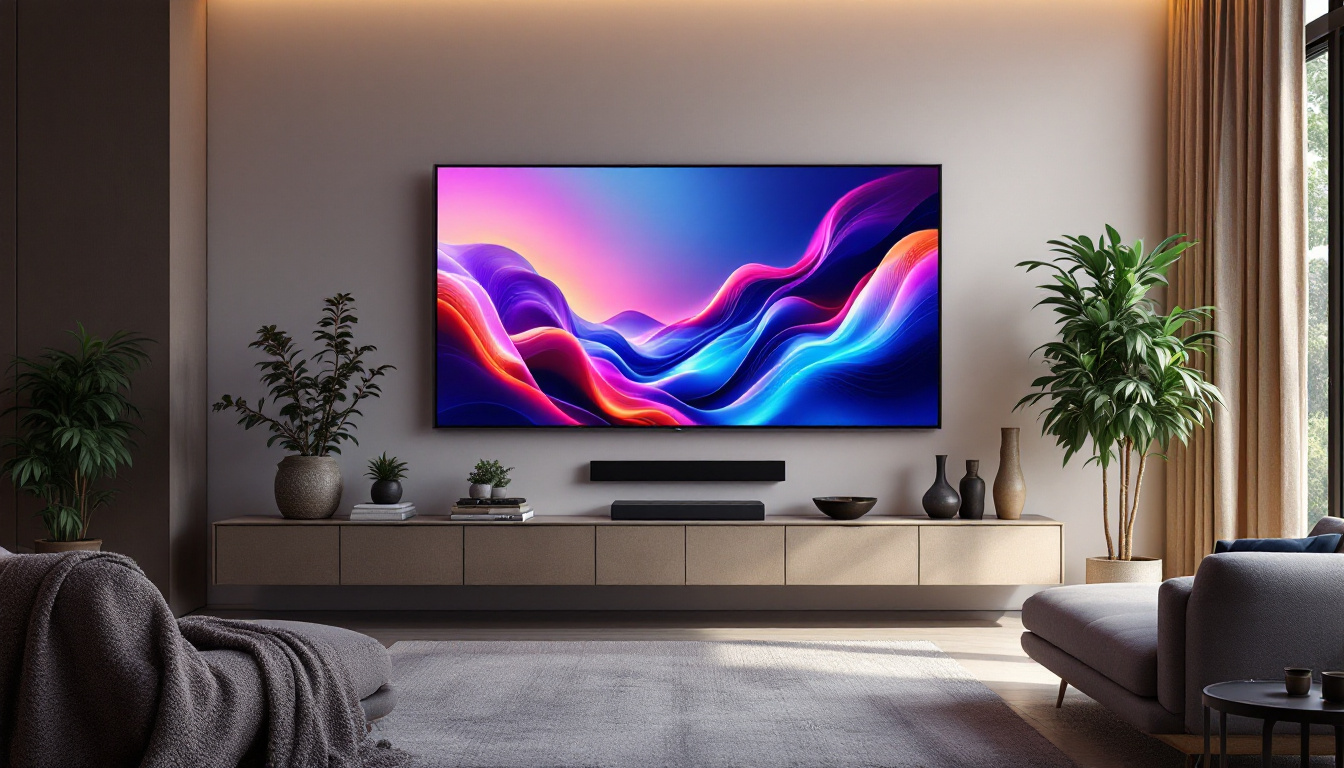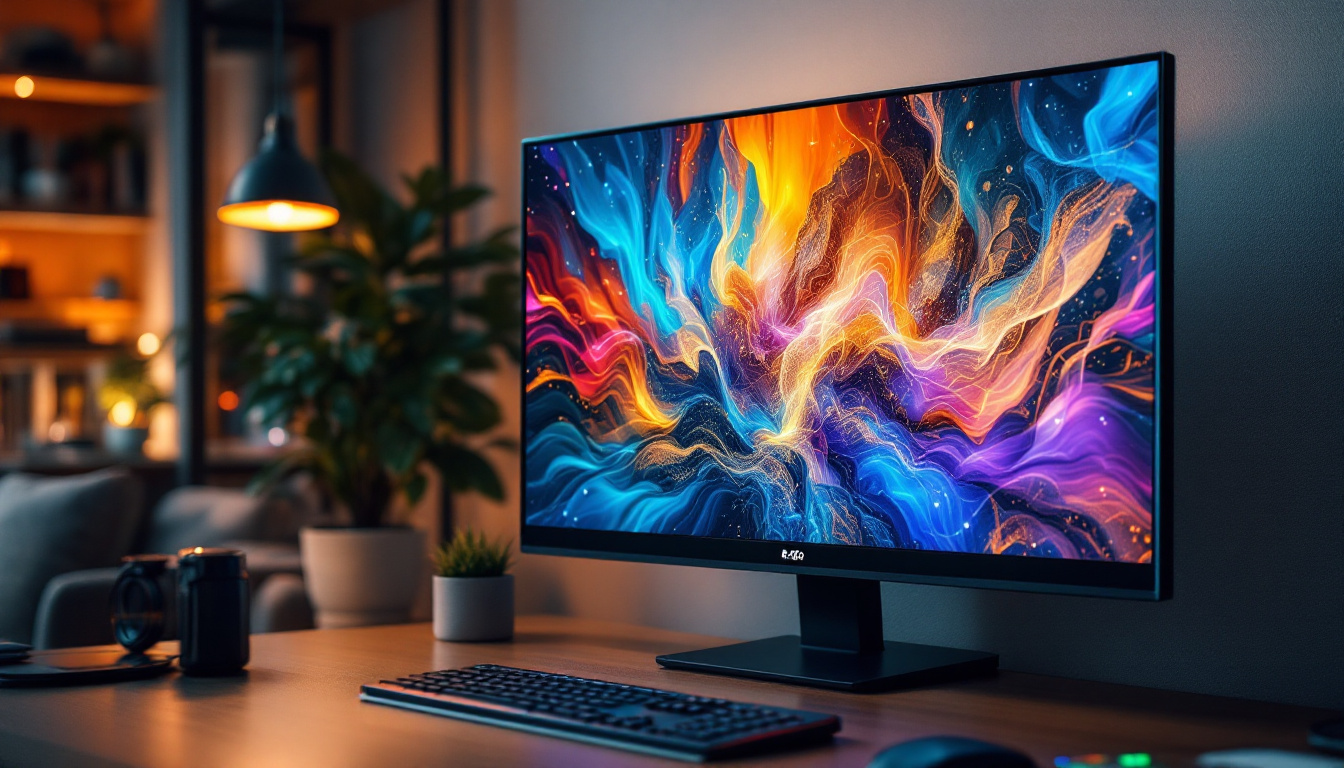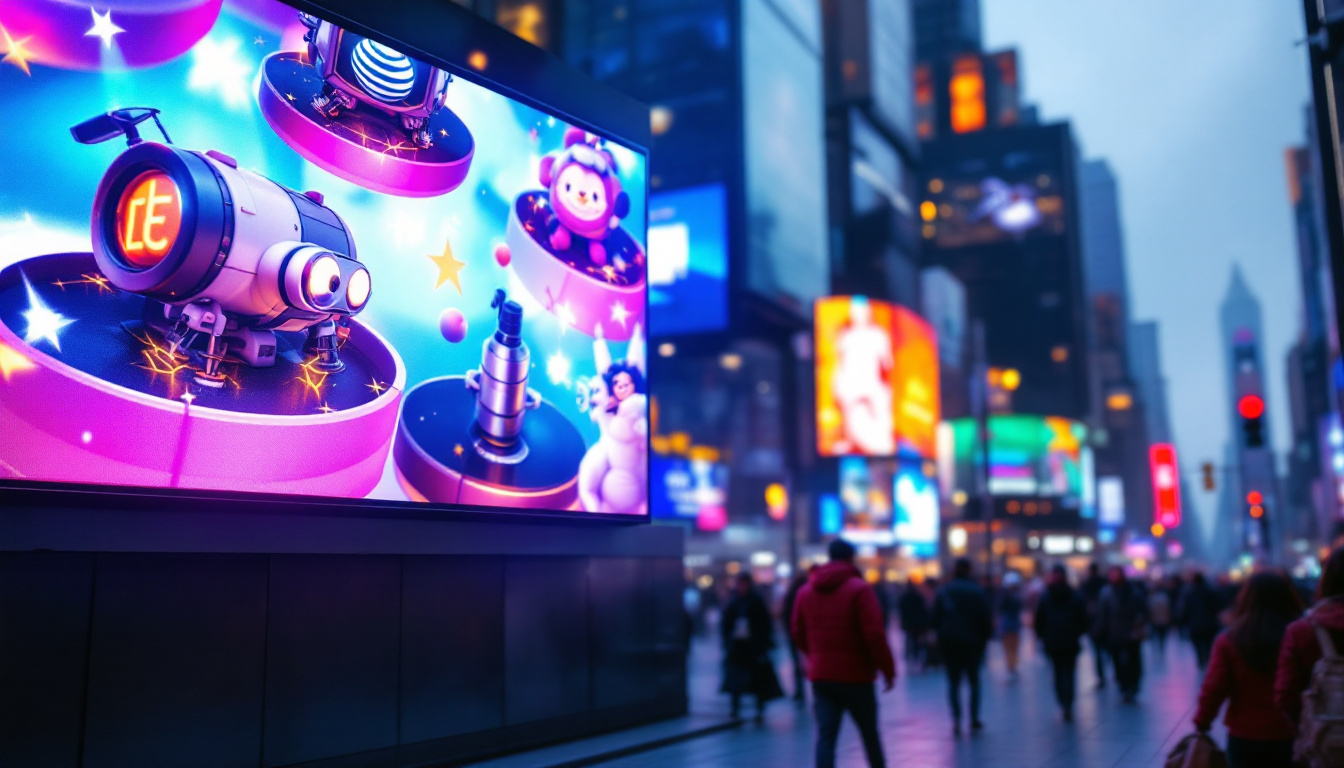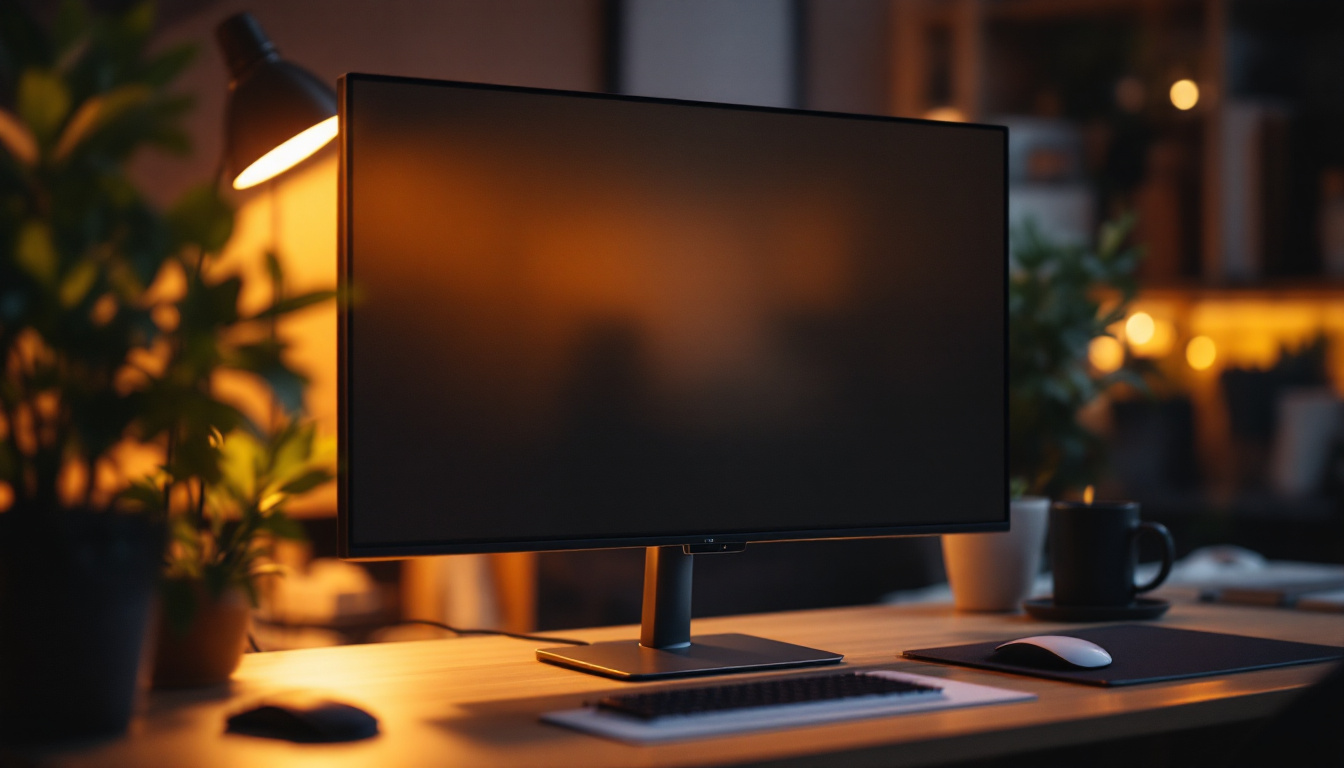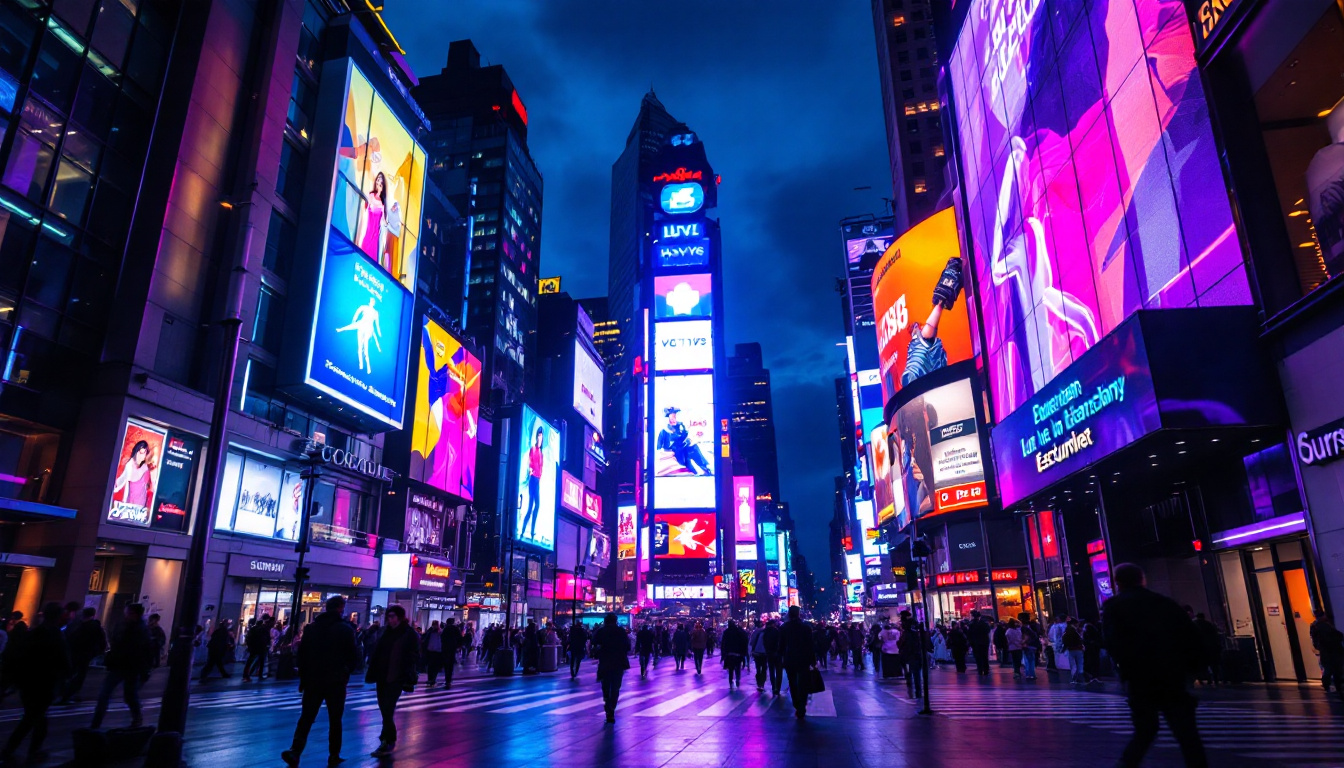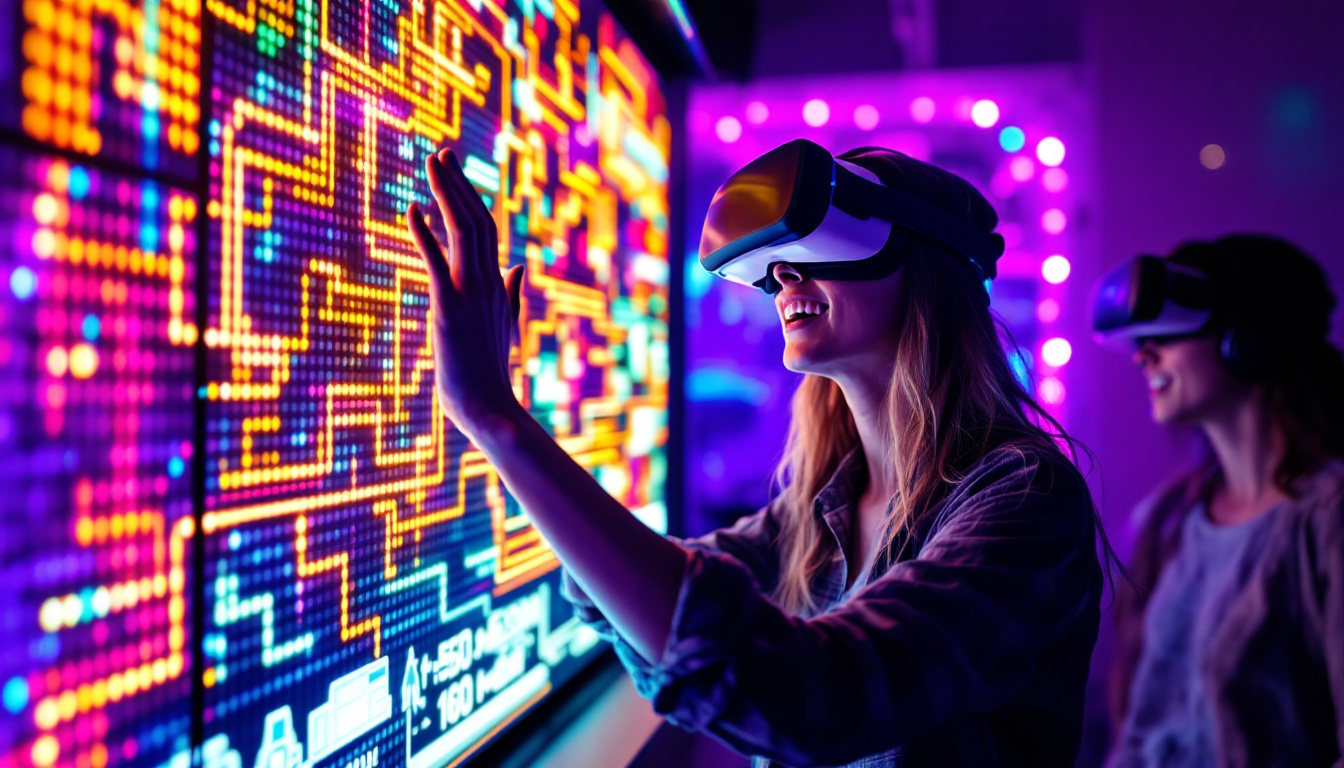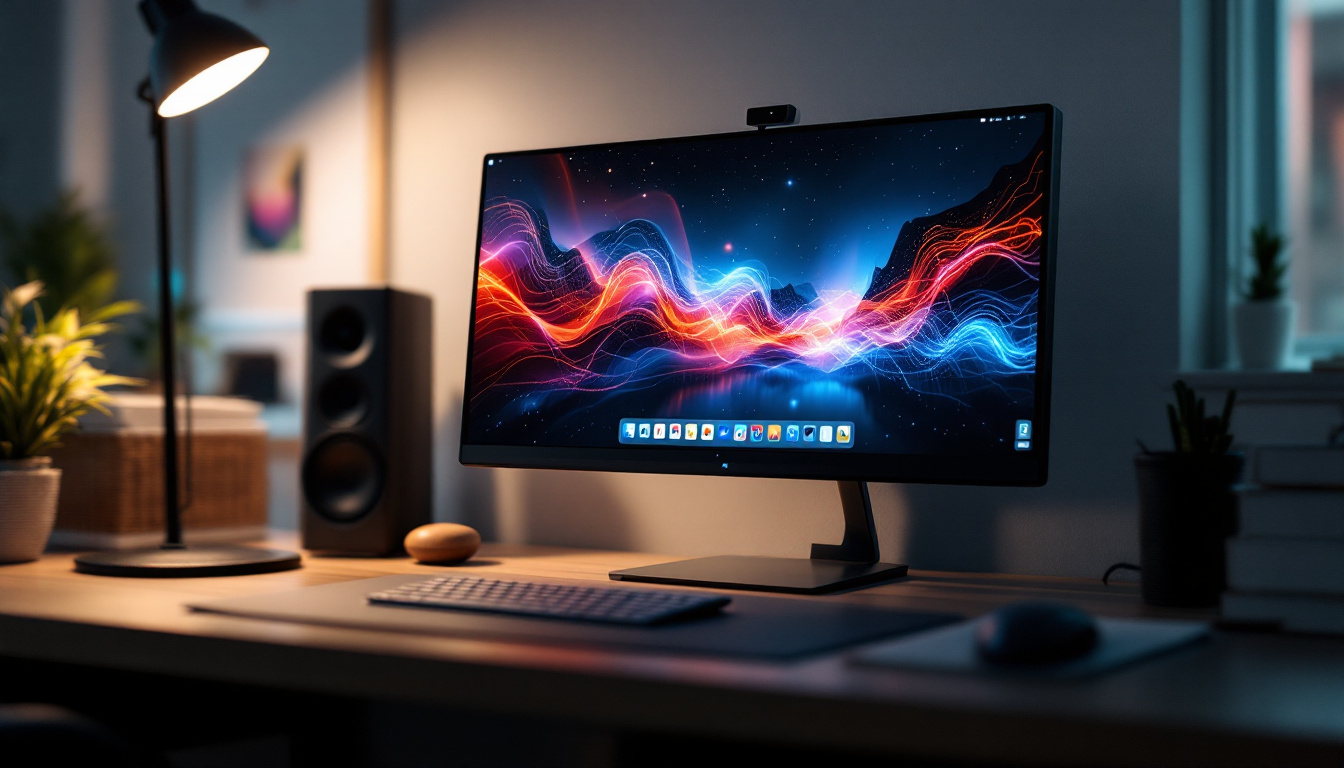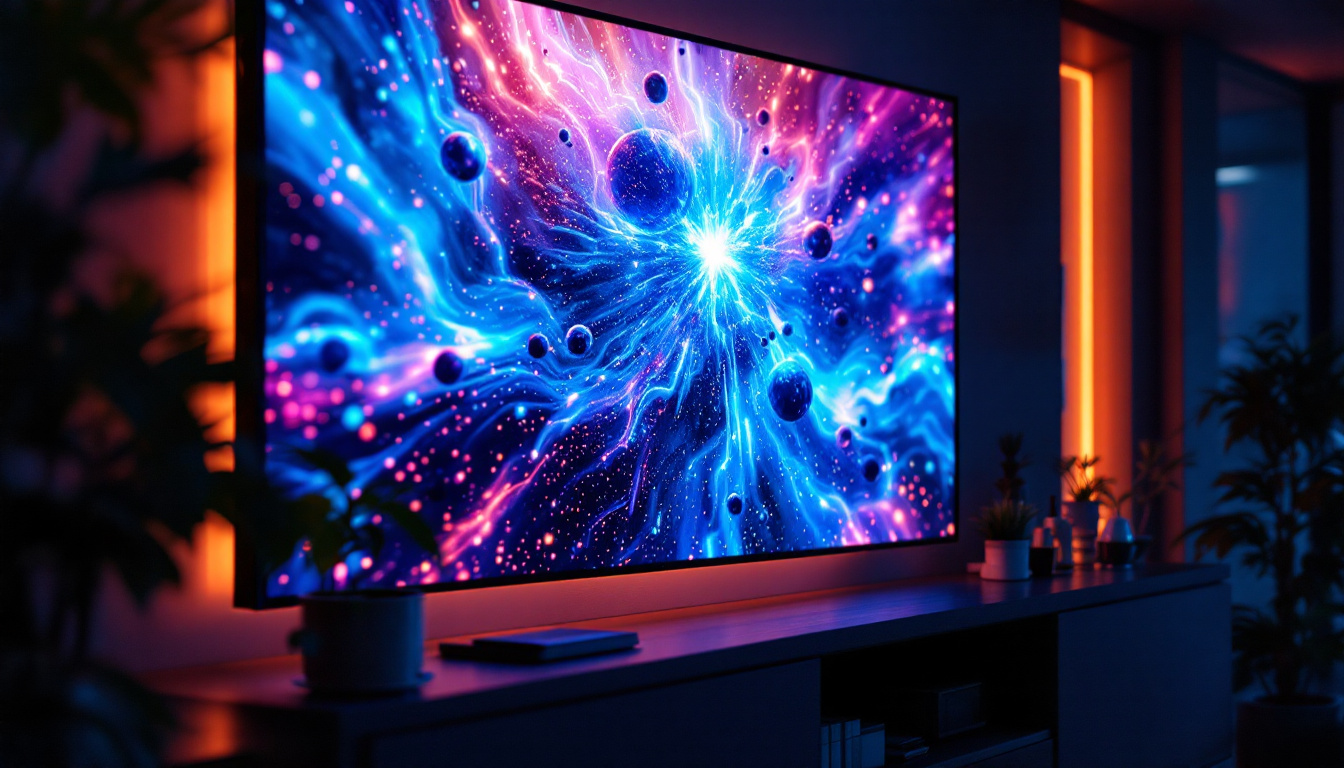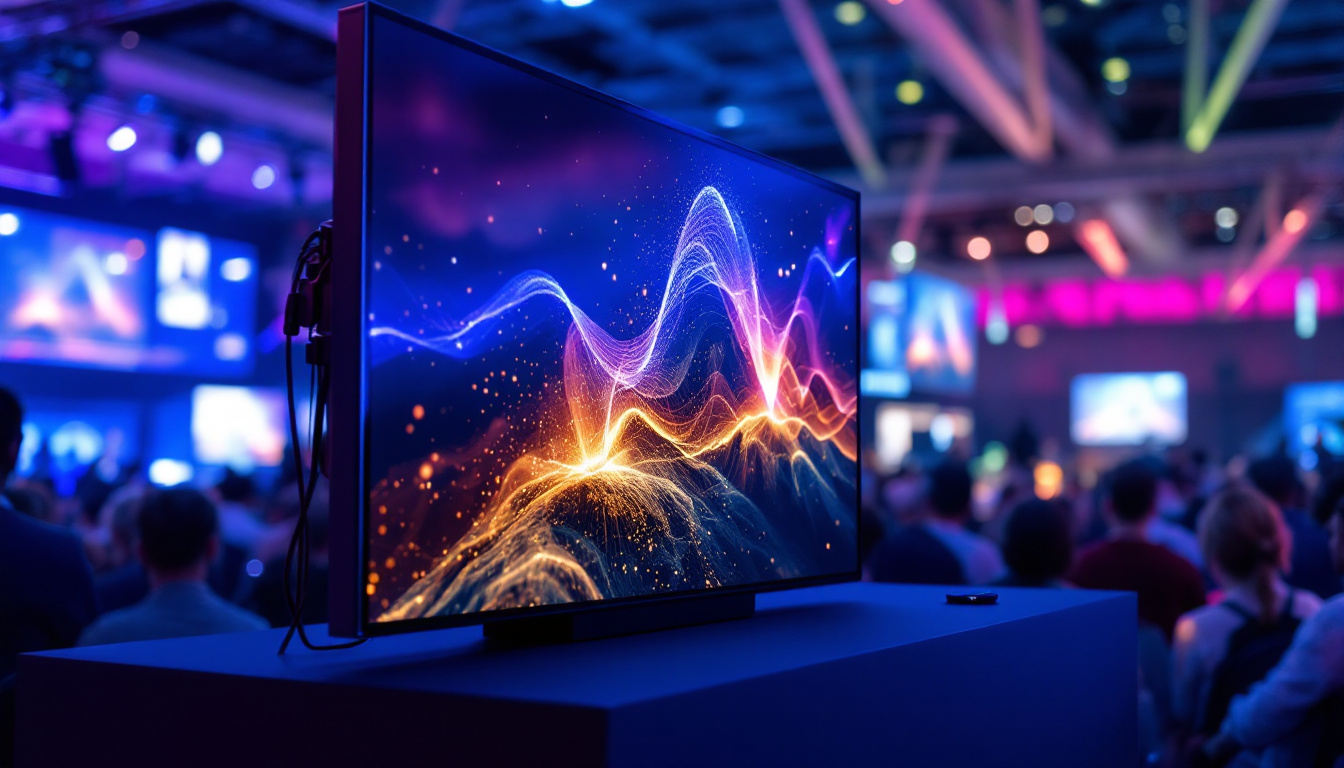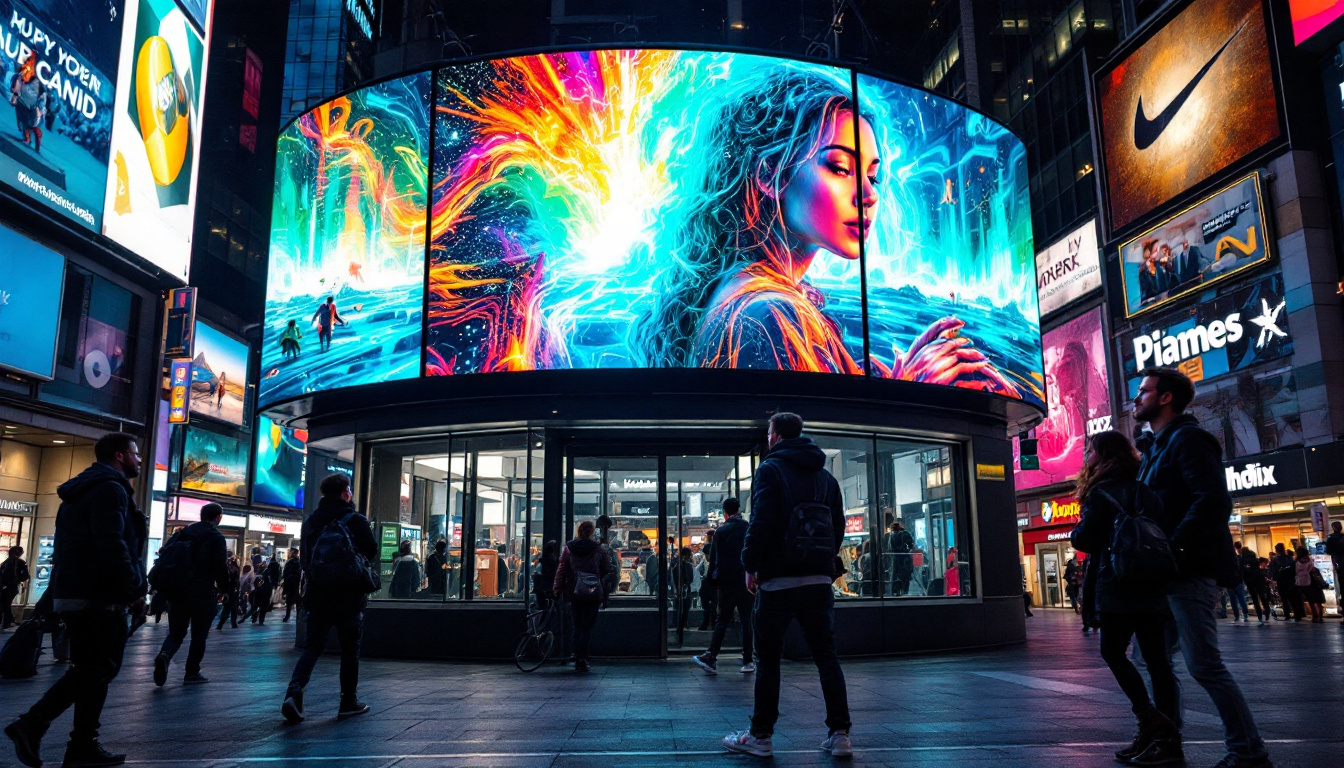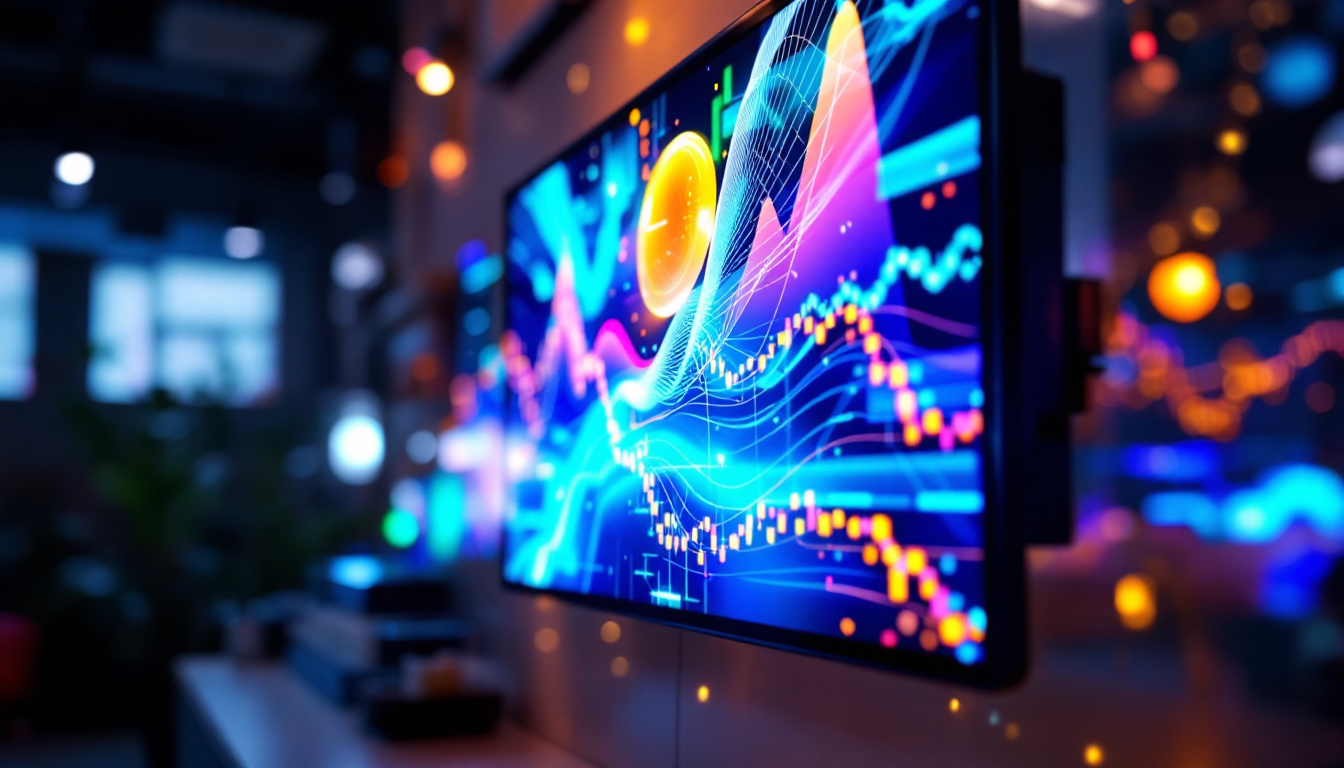In the rapidly evolving world of technology, LED displays have emerged as a dominant force in visual communication. From advertising billboards to personal gadgets, the versatility and efficiency of LED technology have made it a preferred choice for many applications. This article delves into the intricacies of LED displays, focusing on their alignment, cost-effectiveness, and the factors that contribute to their widespread adoption.
Understanding LED Technology
Light Emitting Diodes (LEDs) are semiconductor devices that emit light when an electric current passes through them. This technology has revolutionized the way displays are designed and utilized across various platforms, from televisions and computer monitors to outdoor billboards and automotive lighting.
The Basics of LED Functionality
At its core, an LED display is composed of numerous tiny light-emitting diodes that work together to produce images and videos. Each diode can emit different colors, and when combined, they create a full spectrum of colors visible to the human eye. The arrangement and density of these diodes determine the display’s resolution and clarity, which is crucial for applications ranging from high-definition television to intricate digital signage.
LED displays can be categorized into two main types: direct view and backlit. Direct view displays consist of individual LEDs that form the entire screen, while backlit displays use LEDs to illuminate a liquid crystal display (LCD) panel. Direct view displays are often preferred for their vibrant colors and superior contrast ratios. Moreover, advancements in technology have led to the development of organic LEDs (OLEDs), which offer even greater flexibility and color accuracy, making them a popular choice for high-end devices.
Advantages of LED Displays
LED displays offer numerous advantages over traditional display technologies. One of the most significant benefits is their energy efficiency. LEDs consume less power compared to incandescent or fluorescent lights, making them a more sustainable choice. This efficiency not only lowers electricity bills but also contributes to a reduced carbon footprint, aligning with the growing demand for environmentally friendly technologies.
Additionally, LED displays are known for their longevity. With a lifespan of up to 100,000 hours, they outlast many other display technologies, reducing the need for frequent replacements. This durability makes them particularly appealing for businesses looking to minimize operational costs. Furthermore, LED technology is highly versatile, allowing for flexible designs that can be tailored to specific applications, such as curved displays for immersive experiences or transparent screens for innovative advertising solutions. The rapid advancements in LED technology continue to push the boundaries of what is possible, making it an exciting field to watch as it evolves.
The Importance of Alignment in LED Displays
Alignment is a critical factor in the performance and visual quality of LED displays. Proper alignment ensures that the individual diodes work together seamlessly to produce a cohesive image. Misalignment can lead to visual artifacts, color discrepancies, and an overall degraded viewing experience. In environments where visual clarity is paramount, such as in digital signage or high-definition video walls, the importance of precise alignment cannot be overstated. A well-aligned display not only enhances the aesthetic appeal but also ensures that the content is delivered as intended, maximizing the impact of the visual message.
Types of Alignment Issues
Alignment issues can manifest in several ways. One common problem is pixel misalignment, where individual diodes are not positioned correctly relative to each other. This can result in noticeable gaps or uneven lighting across the display. Such discrepancies can be particularly problematic in large-scale installations, where even minor misalignments can become magnified, leading to a distracting viewing experience for audiences. The impact of pixel misalignment is often felt in high-contrast scenes, where the lack of uniformity can disrupt the viewer’s immersion in the content.
Another issue is color misalignment, which occurs when the colors emitted by adjacent diodes do not match perfectly. This can lead to color fringing, where the edges of objects appear to have a halo effect, detracting from the overall image quality. Color misalignment can be especially pronounced in displays that utilize a wide color gamut, as the discrepancies become more apparent when vibrant colors are displayed. In applications such as art installations or branding displays, where color accuracy is crucial, addressing these alignment issues is essential to maintain the integrity of the visual representation.
Methods to Achieve Proper Alignment
To achieve proper alignment, manufacturers employ several techniques during the production process. Automated alignment systems use precision machinery to position each diode accurately. These systems can significantly reduce the risk of human error and improve overall display quality. By utilizing advanced robotics and optical sensors, manufacturers can ensure that each diode is placed with a high degree of accuracy, which is vital for maintaining the integrity of the display across its entire surface area.
Additionally, advanced calibration techniques are used post-manufacturing to fine-tune the display. This process involves adjusting the brightness and color output of individual diodes to ensure uniformity across the screen. Calibration not only addresses any minor alignment issues that may have occurred during production but also adapts the display to its specific environment. Factors such as ambient light conditions and viewing angles can significantly affect how a display is perceived, making calibration an essential step in achieving optimal performance. Furthermore, ongoing maintenance and recalibration are often necessary to preserve display quality over time, ensuring that the visual experience remains consistent and engaging for viewers.
Cost-Effectiveness of LED Displays
One of the driving factors behind the popularity of LED displays is their cost-effectiveness. As technology has advanced, the prices of LED components have decreased significantly, making them accessible to a broader range of consumers and businesses.
Initial Investment vs. Long-Term Savings
While the initial investment in LED technology may be higher than that of traditional displays, the long-term savings can be substantial. The energy efficiency of LEDs translates to lower electricity bills, and their longevity means fewer replacements over time.
Moreover, the reduced maintenance costs associated with LED displays further enhance their cost-effectiveness. Businesses can allocate resources to other areas rather than spending on frequent repairs or replacements.
Market Trends and Pricing
The market for LED displays is continuously evolving, with new advancements driving prices down. As more manufacturers enter the market, competition increases, leading to better pricing for consumers. Current trends indicate a shift towards larger, high-resolution displays that are still affordable, making them suitable for various applications, from retail to entertainment.
Applications of LED Displays
LED displays are utilized across a wide range of industries, thanks to their versatility and adaptability. Their applications are virtually limitless, and they continue to find new uses as technology advances.
Advertising and Marketing
One of the most prominent applications of LED displays is in advertising and marketing. Billboards, storefronts, and event venues utilize LED technology to capture attention and convey messages effectively. The brightness and clarity of LED displays ensure that advertisements stand out, even in bright daylight.
Dynamic content can be easily updated, allowing businesses to showcase promotions, events, or new products in real-time. This flexibility makes LED displays an invaluable tool for marketers looking to engage consumers.
Entertainment and Events
In the entertainment industry, LED displays have transformed the way audiences experience performances. Concerts, sporting events, and theatrical productions frequently use large LED screens to enhance the visual experience. These displays can create immersive environments, drawing viewers into the action.
Moreover, LED technology is also prevalent in theme parks and attractions, where vibrant displays contribute to the overall atmosphere and guest experience. The ability to create stunning visuals on a grand scale has made LED displays a staple in the entertainment sector.
Public Information Systems
LED displays are commonly used in public information systems, such as transportation hubs and city centers. Digital signage provides real-time updates on schedules, directions, and important announcements. The clarity and visibility of LED displays ensure that information is easily accessible to the public.
In emergency situations, these displays can be crucial for disseminating information quickly and effectively, helping to keep the public informed and safe.
The Future of LED Displays
The future of LED displays looks promising, with ongoing research and development paving the way for even more advanced technologies. As consumer demands evolve, manufacturers are continuously innovating to enhance the performance and capabilities of LED displays.
Emerging Technologies
One of the most exciting developments in LED technology is the integration of smart features. Smart LED displays can connect to the internet, allowing for remote management and real-time content updates. This capability opens up new possibilities for businesses, enabling them to engage with customers in more interactive ways.
Additionally, advancements in microLED technology are set to revolutionize the industry. MicroLED displays offer higher resolutions and improved color accuracy while maintaining energy efficiency. As this technology matures, it is expected to become more affordable, further broadening the market for high-quality displays.
Sustainability Considerations
As environmental concerns continue to grow, manufacturers are increasingly focusing on sustainability in LED production. Efforts are being made to reduce the carbon footprint of LED displays through eco-friendly materials and manufacturing processes. This shift not only benefits the planet but also appeals to consumers who prioritize sustainability in their purchasing decisions.
Conclusion
LED displays have transformed the landscape of visual communication, offering a blend of efficiency, versatility, and cost-effectiveness. Understanding the importance of alignment, the advantages of LED technology, and the wide range of applications can help consumers and businesses make informed decisions when investing in display solutions.
As technology continues to evolve, the future of LED displays promises even greater advancements, making them an integral part of modern communication and entertainment. With ongoing innovations and a focus on sustainability, LED displays are poised to remain at the forefront of visual technology for years to come.
Explore Cutting-Edge LED Displays with LumenMatrix
Ready to elevate your visual communication with the latest in LED display technology? Discover LumenMatrix’s innovative solutions tailored to your unique needs. From captivating Indoor LED Walls to dynamic Outdoor LED Displays, and from versatile Vehicle LED Displays to sleek LED Poster Displays, LumenMatrix has the state-of-the-art modules to enhance your brand’s visibility. Experience the revolution in digital signage with our LED Sports Displays, Floor LED Displays, Custom LED Displays, All-in-One LED Displays, and LED Transparent Displays. Check out LumenMatrix LED Display Solutions today and transform your space into a visually stunning experience.

